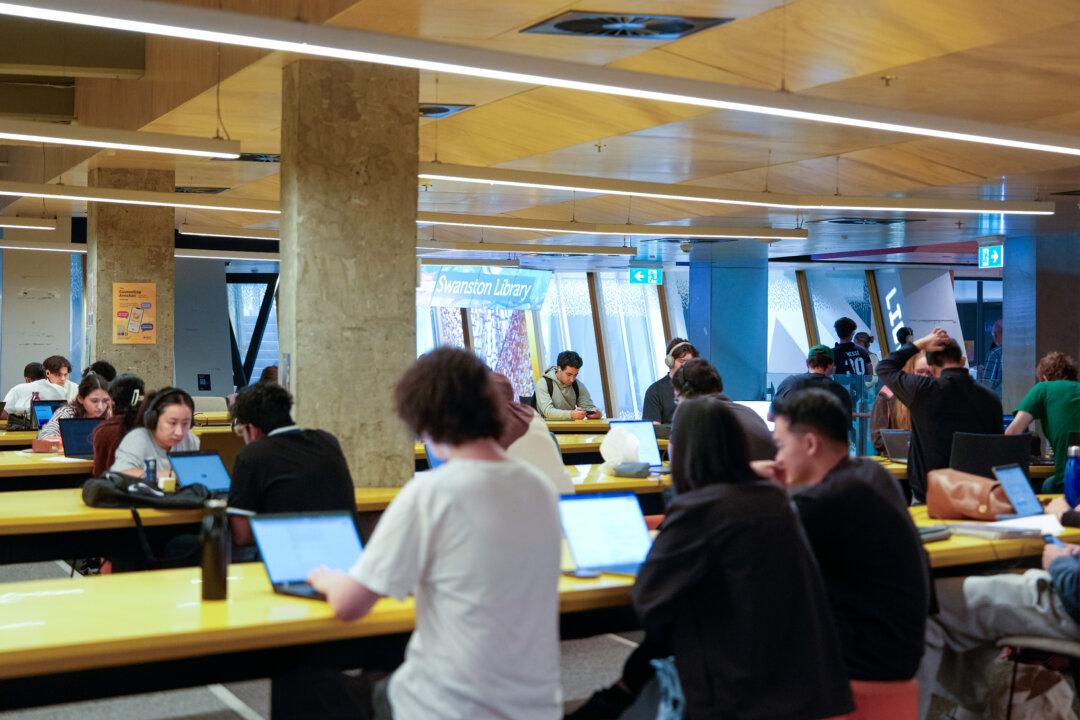Standing under the sweeping curves of Melbourne’s Forward Surge sculpture, Jon Hazelwood points a tablet at the ground and a wild garden springs to life underfoot.
Barren grass is replaced by layers of plants and colourful flowers on the screen—a visualisation of what will be a mammoth urban garden, home to everything from the blue banded bee to the eastern spinebill.





